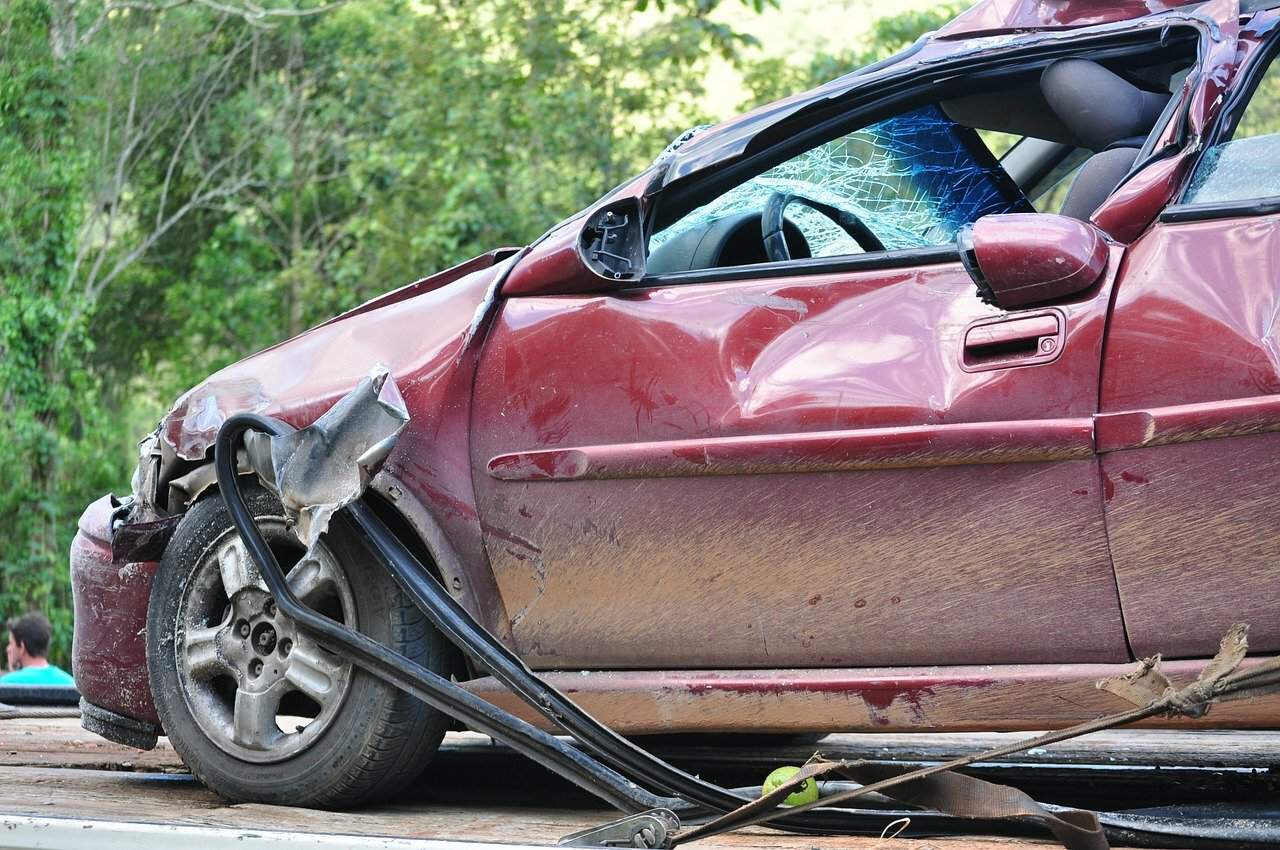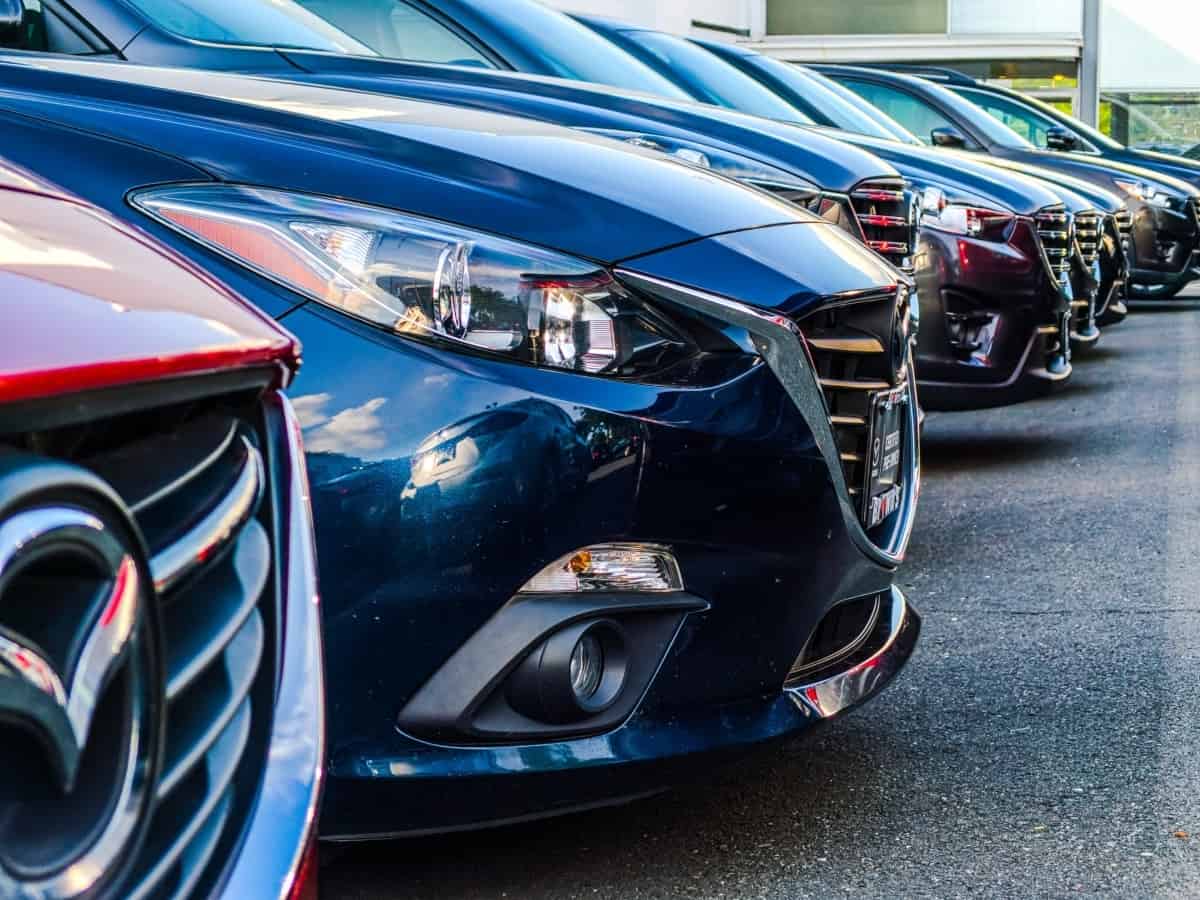You recently might have received a renewal notice that shows an increase in the premium despite filing no claims in years. If so, it would be natural for you to wonder: “Why is my car insurance going up?
Like most things, the cost of car insurance is rising. No matter how safely you drive and how clean your driving record might be, rising car insurance rates are affecting many people who have spotless driving records and no accidents in recent years.
There is a combination of factors that are driving up car insurance rates for most car owners. The following information will help you to better understand why it is happening and what you might be able to do about it.
Inflation Drives Up Rates and Costs
Auto insurance companies are for-profit businesses and have operating costs. High inflation rates are causing the price of insurance to rise, in part because the underwriters also are seeing rising costs of doing business.
Suppose you file a claim for repairable damage to your vehicle. Because of inflation, any parts, materials, and services will cost more than it would have a year ago. So might the cost of towing or other related charges to repair your vehicle.
When inflation goes up, the cost of auto insurance often will rise. When your auto insurance costs rise, the premiums often only go higher later on down the road. The gradual increase certainly could raise the question: Why is my car insurance going up?
When inflation rates are high, you might consider obtaining a more affordable vehicle that costs less but still suits your driving needs. If you own a newer car that is paid off but still has rising insurance rates, you might consider selling it and buying an older but reliable used car that is cheaper to insure.
If you already are in the market for another vehicle, you should carefully research likely insurance costs and factor that into your ownership costs. Finding a make and model that is cheaper to insure but is reliable could prove to be a real bargain.

New and Used Vehicles Are Worth More
Many newer vehicles are selling for ever-higher prices, which raises the cost to insure them. The more valuable the vehicle, the higher your insurance rate because of elevated replacement or repair costs.
A new car in the United States costs an average of nearly $50,000, which is the highest amount ever. Many new cars are packed with special electronics and safety features that increase their production costs. When those systems suffer damage in an accident for which you file a claim, the cost to repair is much higher than on comparable older vehicles.
For example, repairing a current-model Cadillac would cost much more than repairing the same model that is 10 or 15 years older due to the increase in onboard electronics. Those electrical systems often include:
- Audio systems
- Touch screens
- Cloud-based connectivity
- Climate control
- Active and passive safety features
Used cars likewise are selling for higher average prices than ever. So is the cost to repair or replace them, which might make you wonder: Why is my car insurance going up?
No matter what kind of vehicle you drive, your ownership costs are going up. Once again, carefully assessing the cost of insuring a vehicle should factor into your decision-making when buying a vehicle to help keep your ownership costs as low as possible.

Repair Costs Are Higher
Another answer to “Why is my car insurance going up?” is that the cost of repairing vehicles is rising, partly due to inflation, scarcity of parts, and advanced electronic systems in newer vehicles. As the cost of parts, tools, and service space rises, so does the cost of repair work.
Many newer vehicles require special tools and diagnostic equipment that increase the cost of maintaining and repairing them. Even the cost of heating service facilities is rising. When the cost of using repair facilities goes up, so does the cost to insure your vehicle.
You might check for a local repair facility that offers to either pay your deductible up to a certain amount. Many often provide $500 or maybe more to secure business for which they know they will be paid in full by an insurer. Some alternatively might provide you with a free loaner car.
Such services will not lower your insurance rate. They might, however, make it easier to choose a higher deductible amount that would lower your insurance rate.
Fewer Available Automotive Technicians
Another factor that is driving up the cost of maintenance and repair work and affecting your insurance rate is the lack of automotive technicians. Certified technicians provide customers with a variety of diagnostic, maintenance, and repair services.
Unfortunately, there are about five job openings for every qualified service technician. The high demand for skilled technicians forces service facilities to pay more to get them and retain them as they become more experienced. The result certainly could make you wonder: Why is my car insurance going up?
The cost of insuring your vehicle reflects the higher price of various services. So does the cost of ownership of your vehicle. The more than you can learn to maintain your vehicle and choose ones that are easier for owners to maintain could help to keep your costs lower.
Shortage of Semiconductor Chips
Lots of newer vehicles use computer systems to operate various onboard systems. Semiconductors power those computers, and there is a shortage of semiconductor chips that is affecting the automotive industry.
The shortage began during the onset of the global COVID-19 pandemic in 2020 and is expected to last at least into 2023. The problem is affecting more than the automotive industry, so demand remains very high for quality semiconductor chips and will stay that way for some time.
The shortage of chips drives up the cost of auto production, which adds to the higher selling price that we already discussed. The shortage of chips also makes it harder to repair computerized systems that might suffer from a defective chip.
The best solution to avoid the higher cost of newer vehicles and higher insurance rates is to buy a more basic vehicle that does not need computer chips. The maintenance and repair costs would be lower along with the selling price. That will help to reduce your insurance rate.
Driving Became Riskier Following the COVID-19 Pandemic
Lockdowns across the nation, remote work, and children learning online greatly reduced the amount of driving for many people during the recent COVID-19 pandemic. With most people having resumed work and children attending schools again, more motorists are on the road with rusty driving skills.
Many drivers also developed bad habits, like speeding more often and changing lanes without signaling. Eroded and riskier driving behaviors add up to more accidents – especially in urban centers. Insurance costs often reflect local driving patterns, which could trigger the question: Why is my car insurance rate going up?
A rise in accident rates generally results in higher insurance costs. You might be able to counter the rising rates by completing a driver safety course. The course could help you to drive more carefully and often will earn a discount on your auto insurance rates.

Recently Moved to a New Home
Moving into a new home could put you in a new zip code. The local accident rate and crime rate might be higher than at your prior address. If your insurer has data that shows you now reside in a more dangerous place to drive and live, your insurance rate will reflect that increased risk.
High-crime areas make it more likely someone will steal, break into, or vandalize your vehicle. Parking in a garage or a secure parking facility could help to protect your vehicle and give you a slight break on your insurance rate. It also helps to research your change in residential location to find areas with lower crime rates and driving dangers.
You Have a Teen Driver
Auto insurers view a teen driver as an extreme liability. If you have one or more teens with driver’s licenses in your home, auto insurers will assume they are driving your vehicle. Teen drivers are especially prone to accidents, and your insurance rates likely will go up when a teen driver is a part of your household.
Instead of telling your teen to move out, you could limit which vehicle is available for your teen driver’s use. An affordable and reliable used vehicle that is cheaper to insure than a new family car, SUV, or pickup would work great. The insurance rates also could be reasonably maintained with no need for full coverage.




